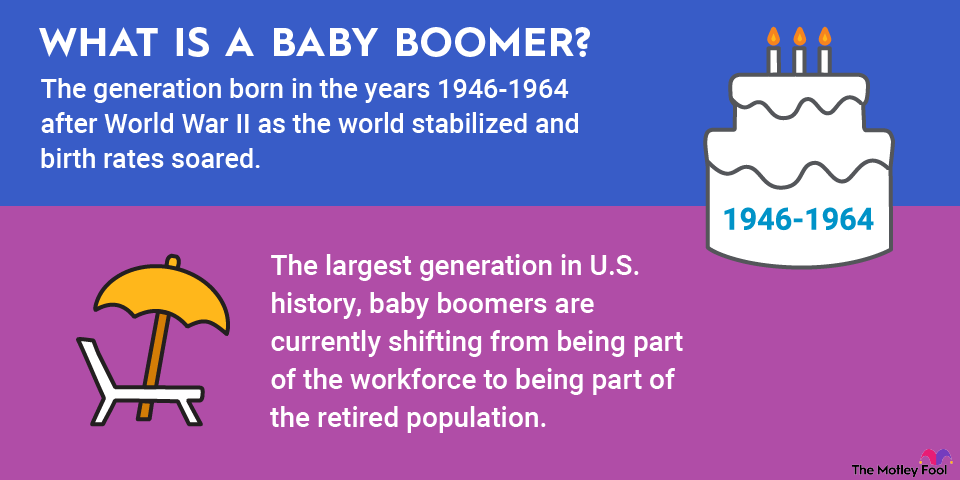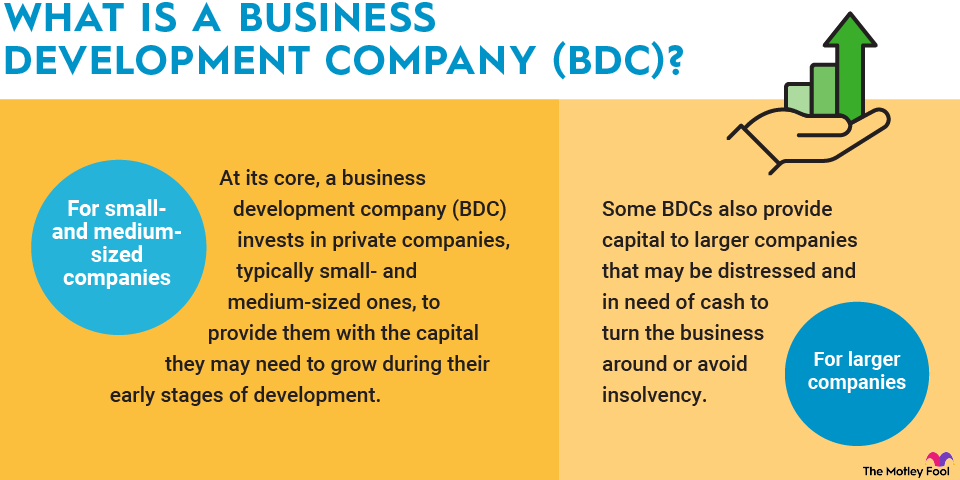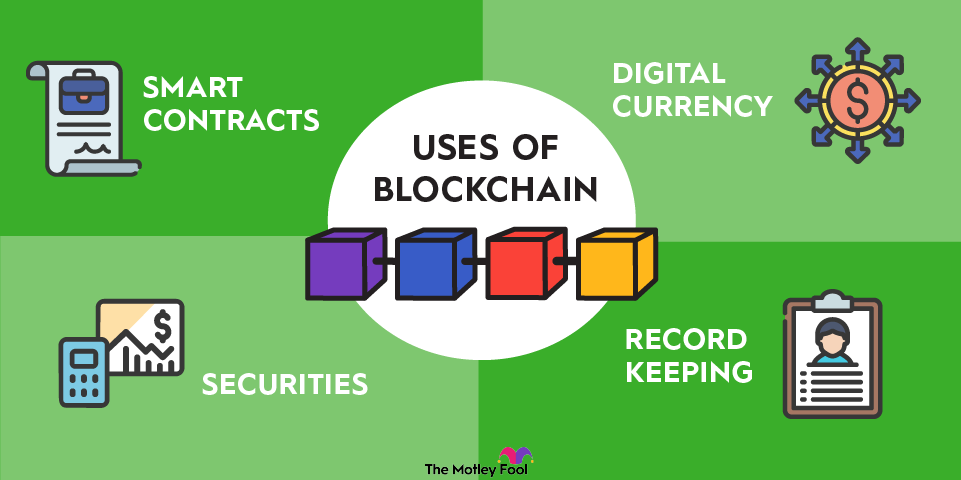- The initial investment.
- Any initial purchase costs like commission and closing costs.
- Operating expenses like utilities, insurance, taxes, etc.
- Any additional costs incurred like renovation or maintenance.
- The projected sale costs like
- , closing costs, and taxes.
Offsetting income can include:
- Dividends or return of capital.
- The sale of option premiums.
- The value of any spinoffs received.
- Rental income.
- Insurance proceeds received.
- Items sold.
- Any other income received, like pet, application, or late fees.
To calculate the break-even point on an investment, add all the costs associated with the investment and subtract that from any income received. So if the total costs of an investment were $1,000 and there was $100 of offsetting income, the BEP would be $900.
In corporate accounting, calculating the break-even point has a slightly different formula.
The business break-even point = fixed costs / the gross profit margin percentage
So, if a company has $1 million of fixed costs and a 25% gross profit margin, its BEP is $4 million. That’s the revenue it will need to generate to cover its fixed and variable costs.



















